Royal Wedding Party: Princess Cakes
 May 9, 2011
May 9, 2011 Getting back to business…I have a cookie recipe for you: I couldn’t do the second half of my royal wedding party a la Mrs. Beeton without some of the rich cakes she declares a “must” at any ladies’ breakfast. I was flipping through the tea cakes section when I came across a recipe for “Princess Cakes.” Pitch perfect!
Also perfect: the flavors in these light chocolate-dipped orange cream sandwiches. The cookies are kind of soft and cakey, with a texture about halfway between a black and white cookie and a butter cookie. They’re easily consumed in two bites: I loved eating the chocolate end first, then the plain end where the fresh orange flavor (perhaps I should say flavour given the occasion) was more forward. This orange flavor comes not only from the buttercream that fills these sandwiches, but from orange zest grated into the cookie dough.
The cookie dough is a little denser than you might expect. I actually altered Mrs. Beeton’s recipe and added more egg to get the cakiness described above.
Normally a pasty cookie dough doesn’t worry me. This recipe, however, required that the dough be piped out in elegant little fingers through a star tip. Well, actually I’m assuming that’s what Mrs. Beeton meant when she said to “pipe out the mixture in 3 1/2-4 inch length . . . using a vegetable star pipe.” I had to use a little muscle to get the piping started, but I managed to get some pretty cookies going. If you have a cookie press, though, by all means use it: it’ll make the going a lot easier.
The cookies puffed up prettily in the oven. Sitting end to end, though, they kind of weirdly reminded me of drawings of chromosomes in my high school biology book.
I slapped some orange buttercream between these guys. Sue me for not being all-natural: Mrs. Beeton brought my 60s side and I was unable to resist dying my buttercream a light shade of Creamsicle-orange.
Not all cookie ends are created equal. To ensure maximum royal-wedding-suitable adorableness, I dipped the “open” ends of my cookies (where I started and finished piping) in the requisite chocolate icing.
I let them set up on a wax paper-lined cookie sheet…and then sampled a few. I’ve always had a love-hate relationship with this type of “pretty” cookie: so often when you go to bakeries and order based on looks you come away with a kind of bland crisp buttery biscuit. The orange and chocolate in these, though, keeps them exciting…almost as exciting as the grand reveal of the royal wedding gown…
Princess Cakes (Makes about 20 sandwich cookies)
1/2 lb. (2 sticks) unsalted butter, softened
1/4 c. superfine sugar**
4 large eggs
1 1/2 c. all-purpose flour
2 1/4 tsp. baking powder
Pinch of salt
Zest of 1/2 orange
For the orange buttercream:
1/4 c. unsalted butter, softened (1/2 stick)
2 c. confectioners sugar
1 tbsp. Grand Marnier (or triple sec)
1 tsp. freshly grated orange zest
For the chocolate glace icing:
1/4 c. (1/2 stick) butter
1/3 c. cocoa
1 c. powdered sugar
3 tbsp. milk
1/2 tsp. vanilla (or brandy)
1. Preheat the oven to 350 degrees and line two cookie sheets with parchment paper.
2. In a large bowl, cream the butter and sugar until fluffy and soft, then add the eggs and beat until well-blended.
3. Whisk the flour, baking powder, salt, and orange zest together in a medium bowl. Add the flour mixture to the butter and eggs and beat just until mixed.
4. Using a pastry tube with an open star tip, pipe the dough in 3-4 inch lengths, making “U”s with the sides pressed together.
5. Bake for 5-7 minutes, until the bottoms of the cookies start to turn golden brown; the tops will remain pale. Cool completely on a rack before filling.
6. Make the Buttercream: Cream together butter and sugar, then add the liquor and zest. To get a pale orange color, add a couple of drops each of red and yellow food coloring (gel, preferably).
7. Make the Chocolate Icing: Melt the butter, stir in cocoa and liqueur, and alternately add milk and sugar.
8. Assemble the Cookies: Spread about 1/4 teaspoon buttercream between two cookies, then dip the open end of the “U” in the chocolate icing and let set on wax paper-covered cookie sheets.
**The original recipe calls for castor sugar, a very fine type of sugar found in Britain; most American cooks substitute superfine.
By guest food blogger Celia; and congratulations on your Saveur nomination! Go to Celia's excellent food blog Cookbook Archaeology for more mouth-watering food adventures.
 Princess Cake,
Princess Cake,  UK,
UK,  dessert,
dessert,  royals in
royals in  food
food 








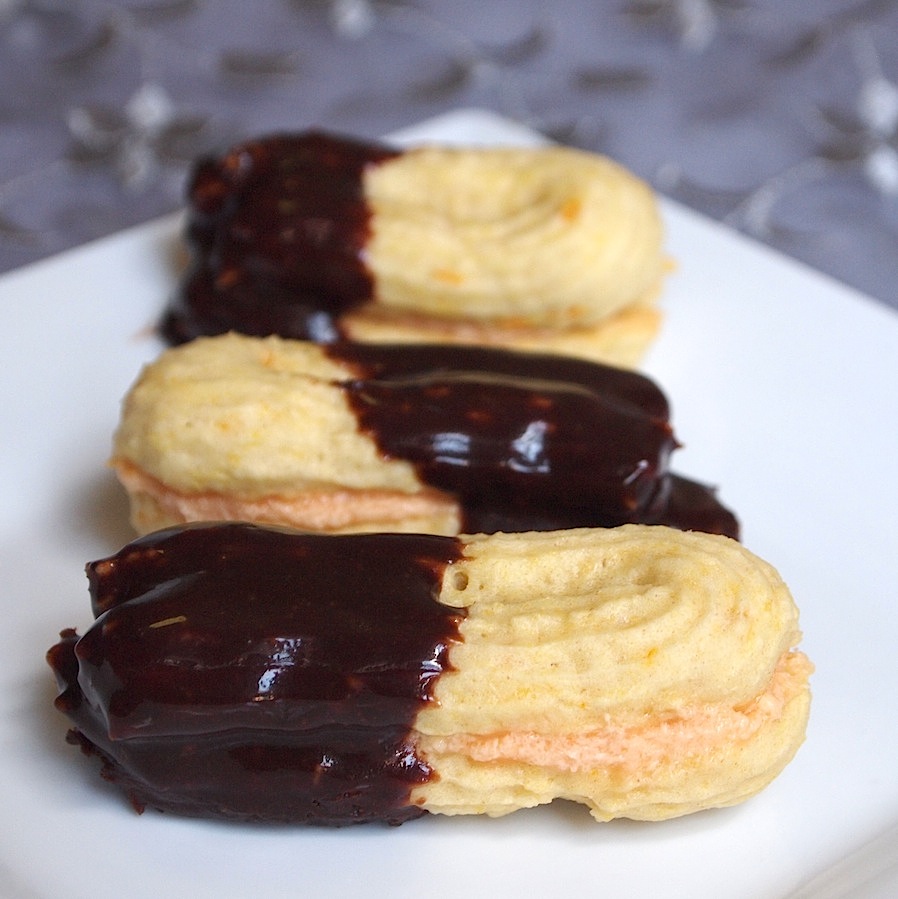
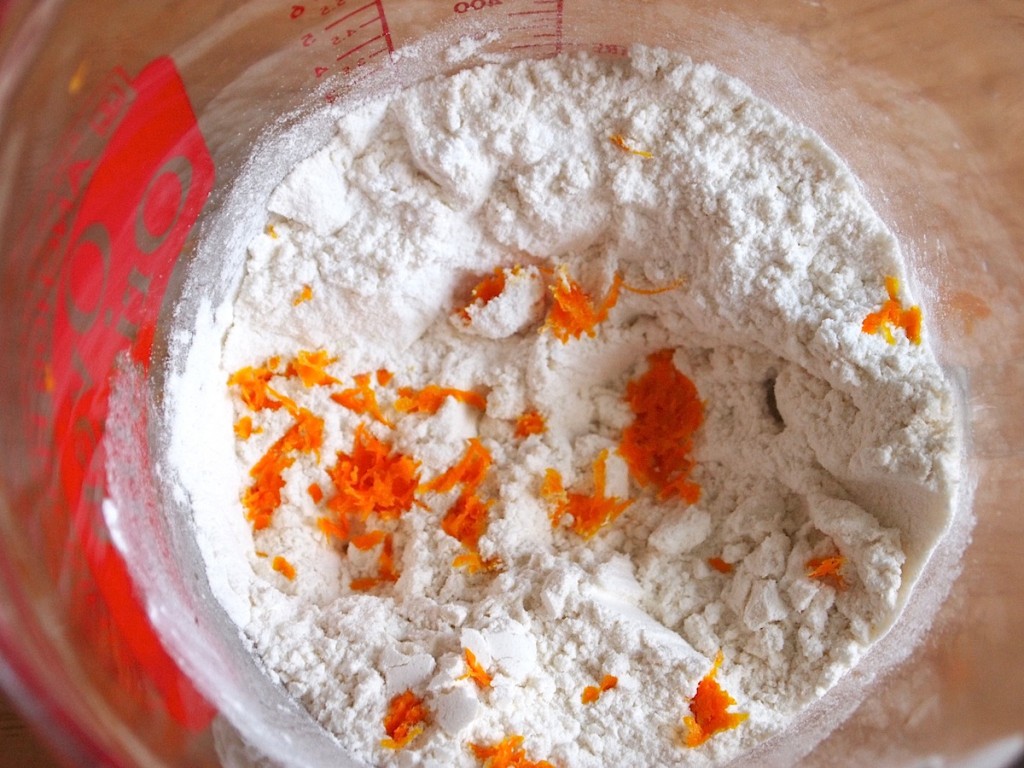
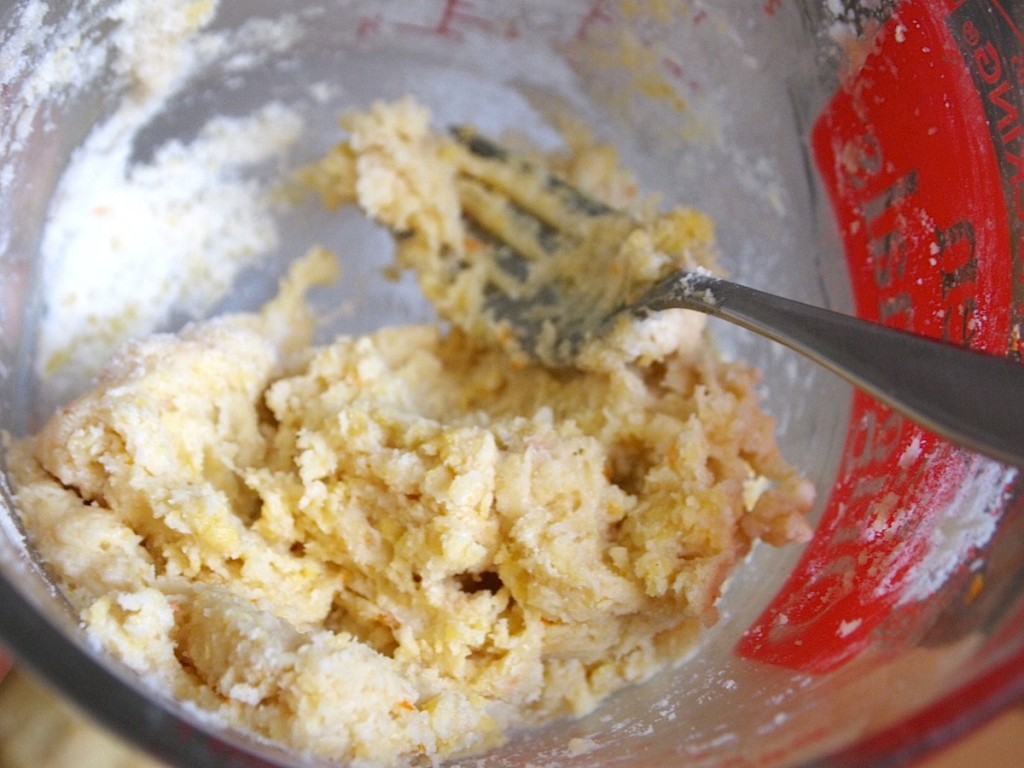
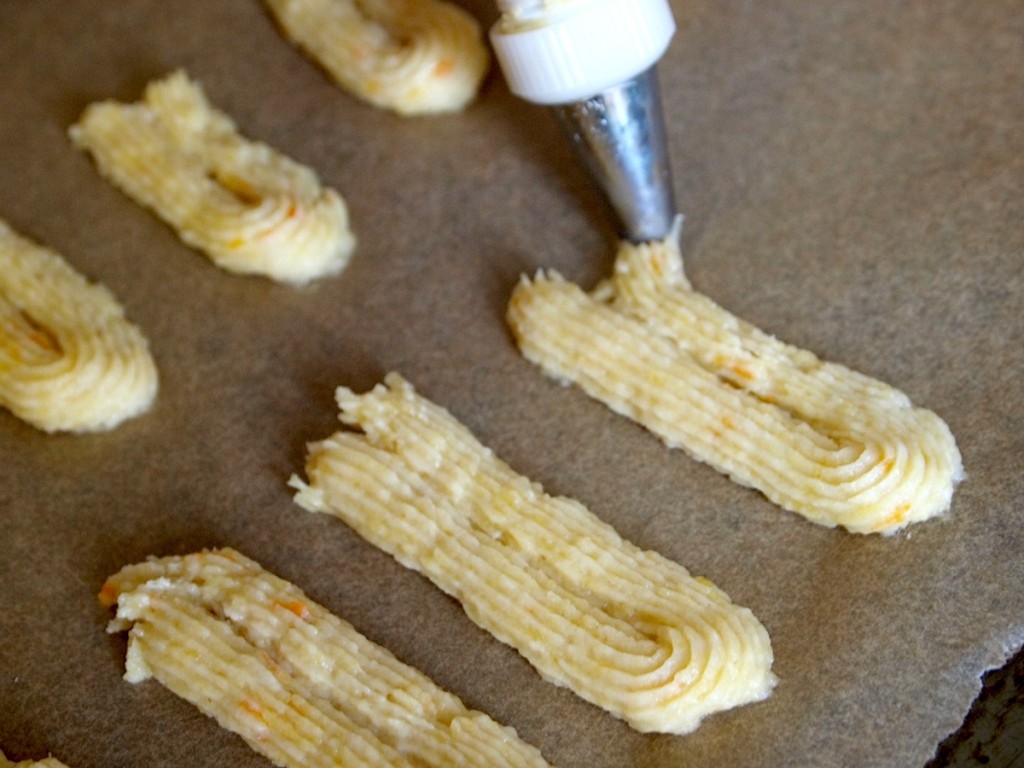
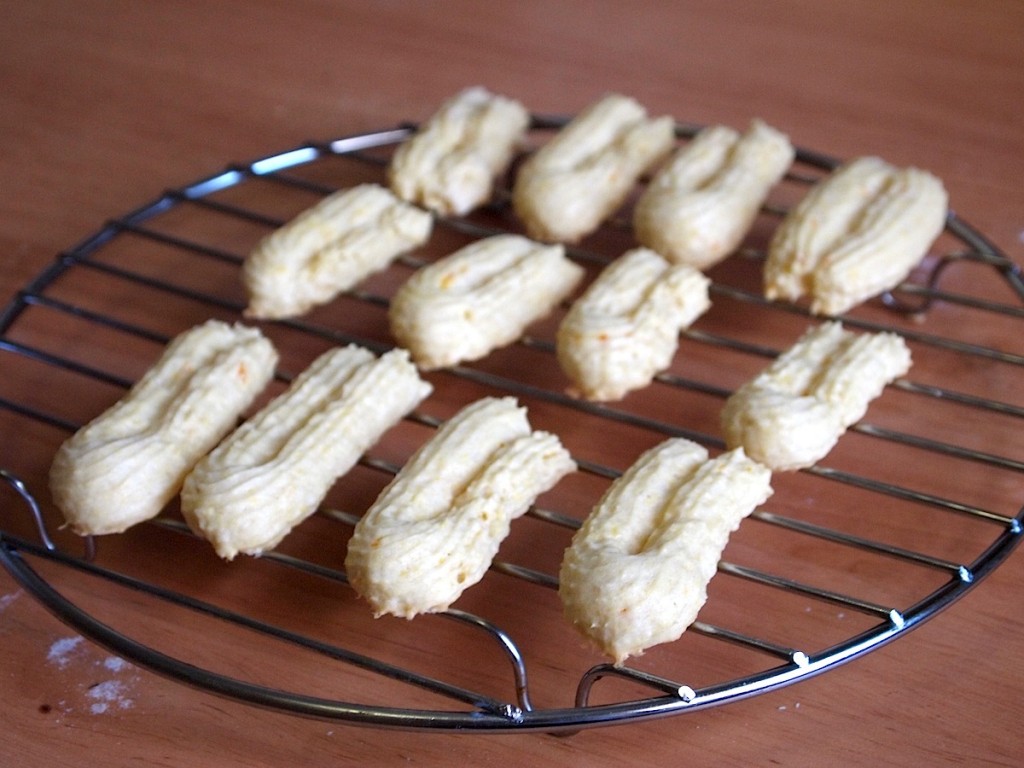
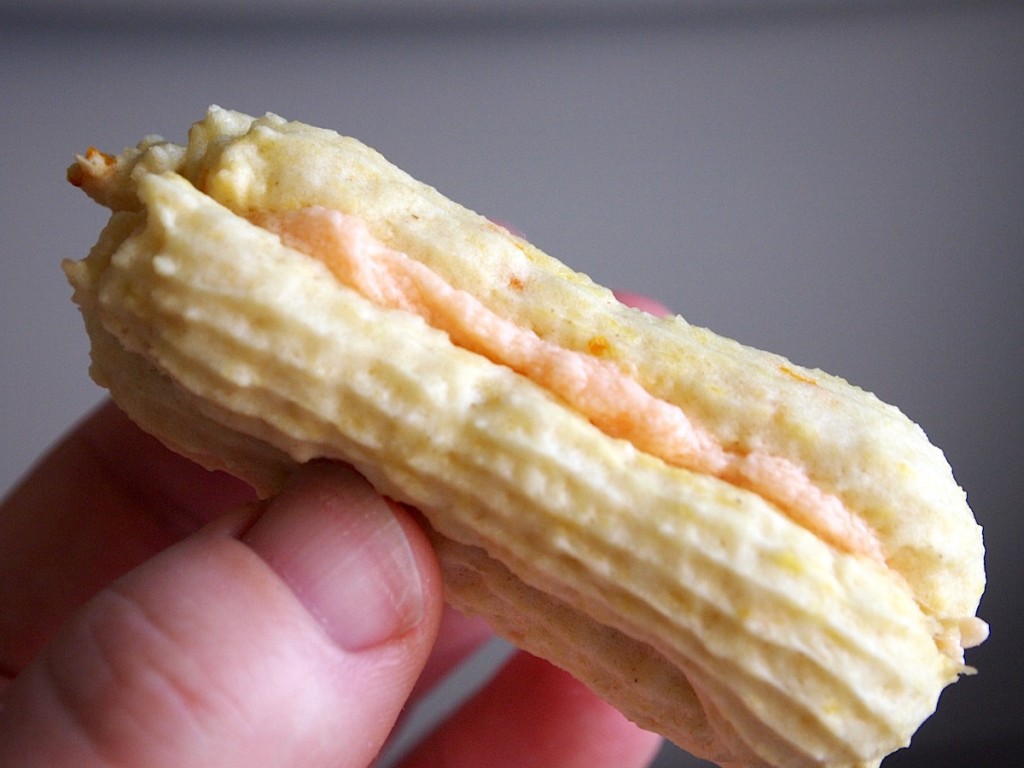
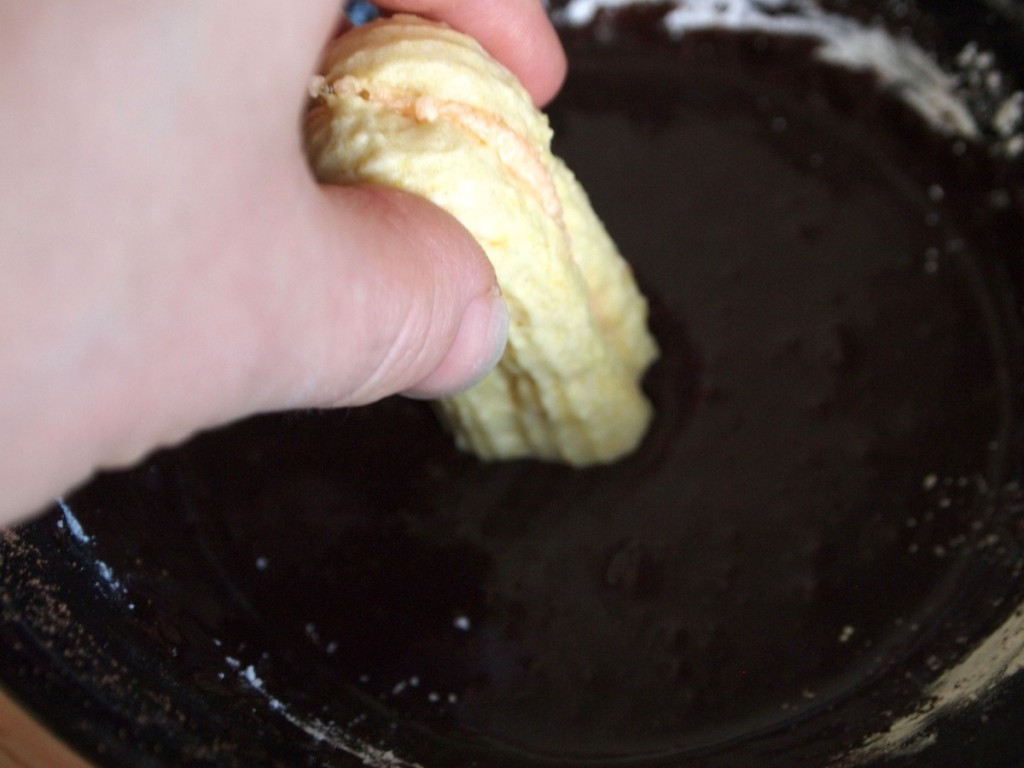




Reader Comments